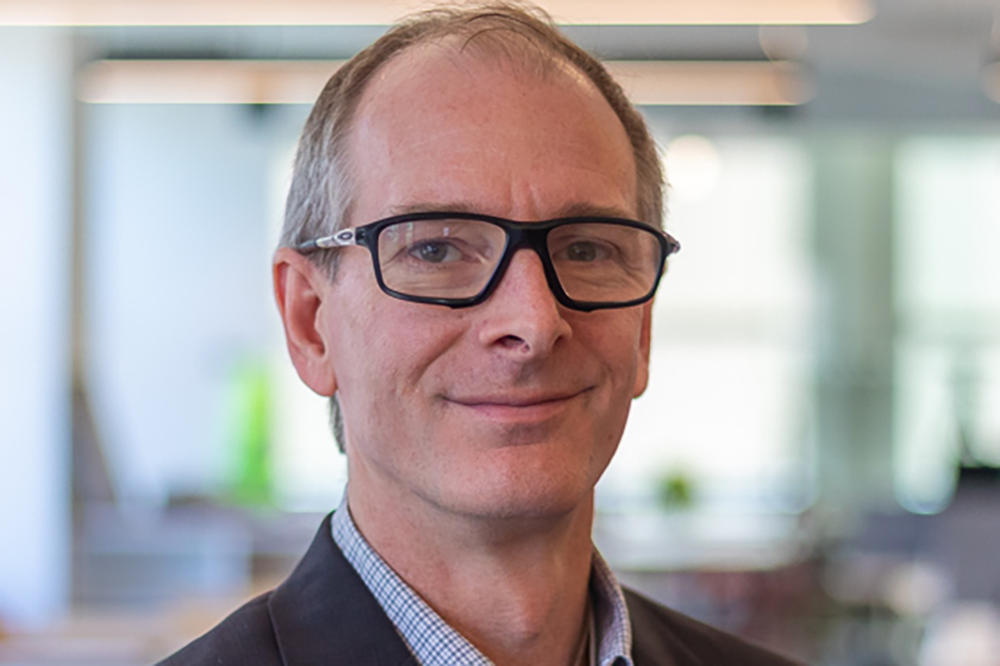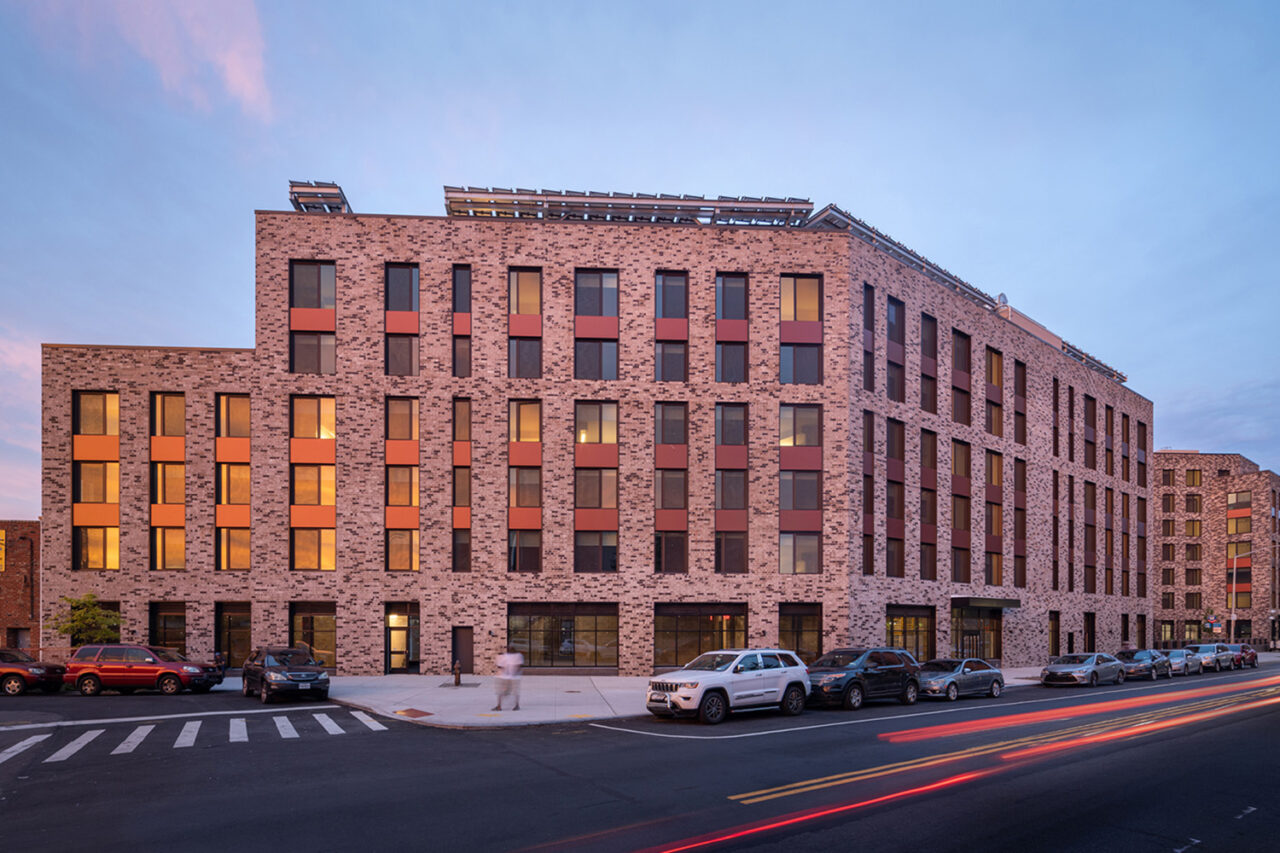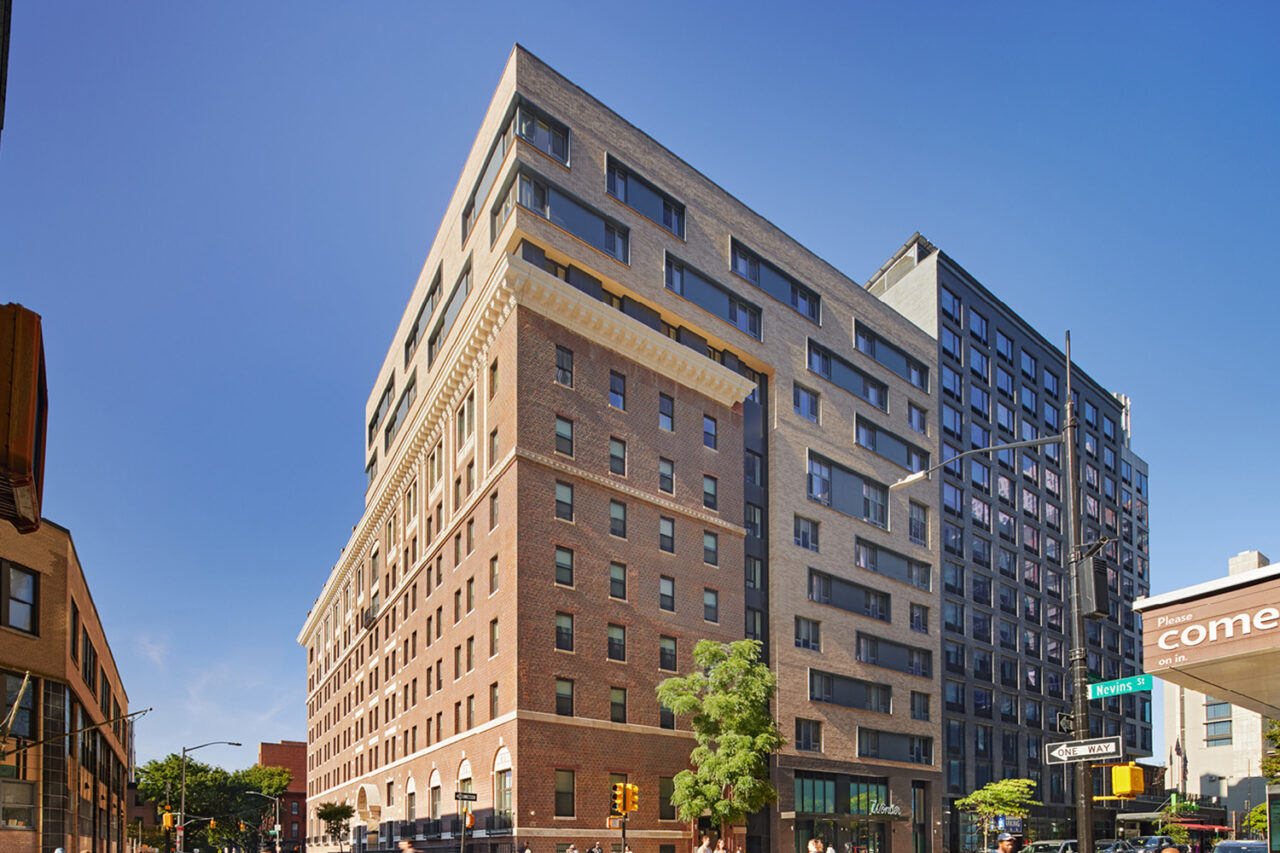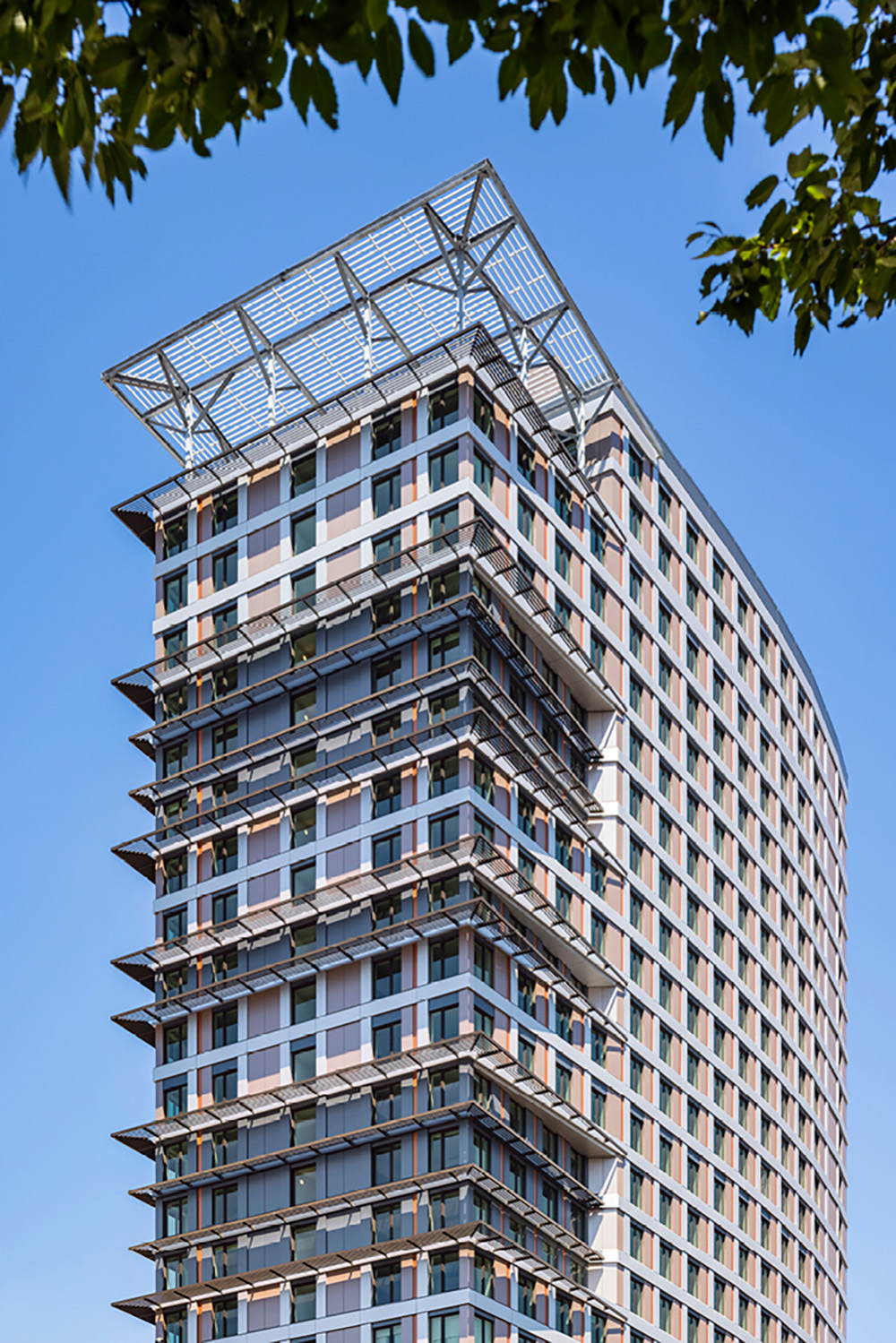by: AIA New York
As a Principal at Dattner Architects, John Woelfling, FAIA, LEED AP, CPHT, advances the design of sustainable affordable housing with innovations resulting in healthy, low-carbon buildings that reinforce communities. His leadership in large-scale affordable housing sets a national model for addressing the housing crisis. Woelfling is committed to creating sustainable and resource-efficient designs, using an integrated and holistic approach that reduces impact on the environment and positively affects the health and comfort of building occupants. He leverages his broad experiences working across project typologies, from education and recreation to healthcare and infrastructure, to inform his leadership of the firm’s mixed-use residential projects. A recognized Passive House expert, Woelfling’s focus on sustainable design practices is guided by proactive education of evolving green technologies and incorporating them into his design work.
This year, the Jury of Fellows of the AIA elevated Woelfling to its prestigious College of Fellows in the second category of Fellowship, which recognizes architects who have made efforts “To advance the science and art of planning and building by advancing the standards of practice,” according to the organization’s definition. Only three percent of the AIA’s membership is distinguished with Fellowship. Woelfling’s distinction will be celebrated at the AIA Conference on Architecture from June 5–8 in Washington, DC, and was also recognized at AIA New York’s Center for Architecture during the 2024 New Fellows Celebration.
Q: What is influencing your work the most right now?
Our office has pioneered integration of passive house strategies with dense, urban multi-family housing. We have several completed projects that are successful by many measures. However, we are now looking to improve on those strategies to reduce refrigerant usage, diminish or eliminate consumption of fossil fuels on site, and reduce embodied carbon in building materials. The goal posts keep moving-partly through regulatory changes, but partly by our own design and motivation.
Q: How/why did you decide to pursue architecture?
I grew up in blue collar southeastern Pennsylvania. My grandfather was a contractor working for Bethlehem Steel, my uncle owned a woodworking and pattern fabrication shop, and since a young age, I knew I wanted to put stuff together. At age six, it was a toss-up between wanting to become a plumber or an architect. I still do some plumbing on the side.
Q: What are some of your favorite recent projects that you’ve worked on?
Projects that have opportunities for the program to have a significant influence the building form. A recent project required that we go through a variance process to increase the amount of buildable floor area. This was required to expand a successful family reunification program that reunites parents separated from their young children due to substance abuse or incarceration. The program includes on-site social services, job training, and a unique apartment mix: primarily studios for the parent while receiving counseling and two bedroom units for when the child and parent can be in a single household.
Q: What do you see as an architect’s role—and responsibility—within our culture?
So much of our society is shaped by where, how, and what we build that designers have a profound responsibility to achieve equity and promote opportunity. As problem solving professionals that seek to balance often competing factors, we can have a critical role to play in shaping land use and public policy. The availability of affordable and high-quality housing can have a stabilizing effect on individuals, families and communities and the Citizen Architect has a role to play in addressing our affordable housing and climate crises through engagement in communities and government.
Q: What do you think are the biggest challenges, or opportunities, facing cities today?
In our dense, urban environments, we have such tremendous opportunity to alter our individual carbon footprints, to live more healthy lives, have less reliance on cars, and reduce our impact on the environment. However, we need to leverage those opportunities for a wide range of affordability. We are not going to unlock our cities’ potential for more inclusivity and lowered carbon lifestyles by restricting density.
Editors’ Note: This feature is part of a series celebrating the members of the American Institute of Architects (AIA) New York Chapter who are elevated each year to the AIA College of Fellows, an honor awarded to members who have made significant contributions to both the profession and society. Learn more about Fellowship here.













